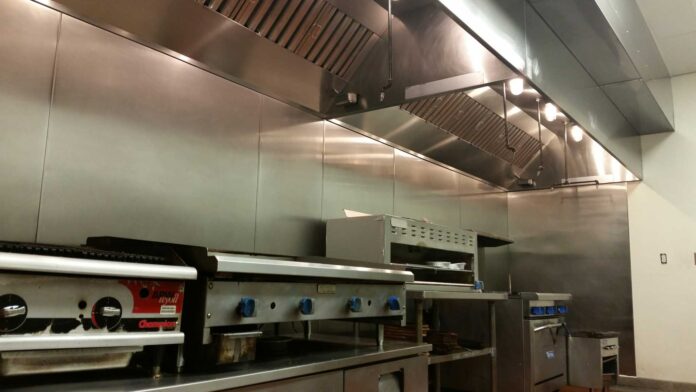Managing a restaurant is not an easy job. You have to think about everything. From keeping everything stocked to keeping everyone happy and working hard. One of the duties of the restaurant manager is to keep everything in the kitchen running smoothly and that includes more than just keeping the chefs happy. One of the most important things is to keep everything in the kitchen clean – including the ventilation hood.
Cleaning the vent hood is more than just a cleaning process. A dirty, greasy vent hood over the stove is a fire hazard like no other. All it takes is a little spark to have all that built up grease go up in flames and cause some major issues. To avoid those, a regular cleaning schedule needs to be set in place. Depending on sheer volume and what you cook in there, you’ll have a professional cleaning crew over either once a month or once a year.
Even though hood cleaning is obligatory in many places around the world, not many actually understand the process and don’t really get why you have to have a cleaning crew come over so often. Luckily, there’s NFPA 96 in place, so even if you don’t understand why you have to do it – you just do it because you have to follow the rules.
The standard protocol for cleaning commercial-grade kitchen exhaust and ventilation systems is to clean them down to the bare metal. That means every little bit of grease and other debris is cleaned and removed from the vent hood, exhaust fan and the whole duct system. Only in those cases are you completely sure nothing’s catching fire. Now, that sounds fairly easy – just scrape everything off, right? It sure does, but only a trained technician can identify and remove that greasy build-up from the entire ventilation and exhaust system.
Wondering how the whole process looks? Well, let’s break it down to the step-by-step process and have a look.
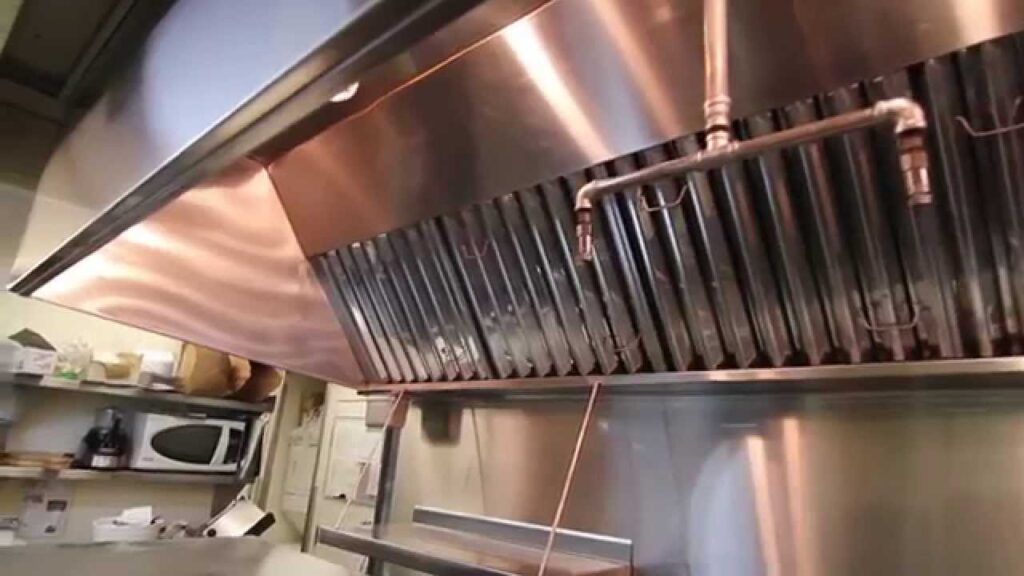
Inspect The Exhaust System
Before you can even get to cleaning, a professional needs to inspect the entire exhaust system first, just so they can identify any changes or unusual things that need to be addressed. Also, during the initial inspection, a certified technician needs to identify if any parts of the whole vent and exhaust system need to be repaired or even replaced.
Turn Off The Exhaust Fan
There is a wide variety of different exhaust systems throughout the different restaurants, but what’s in common for all of them is – you can’t clean them if they’re turned on. it is extremely important, we can’t stress this enough, to shut down the whole system before you even get to prepping everything up for a thorough cleaning. That is the only way to safely move on with the job. You don’t want to risk any damage to the system or the technician.
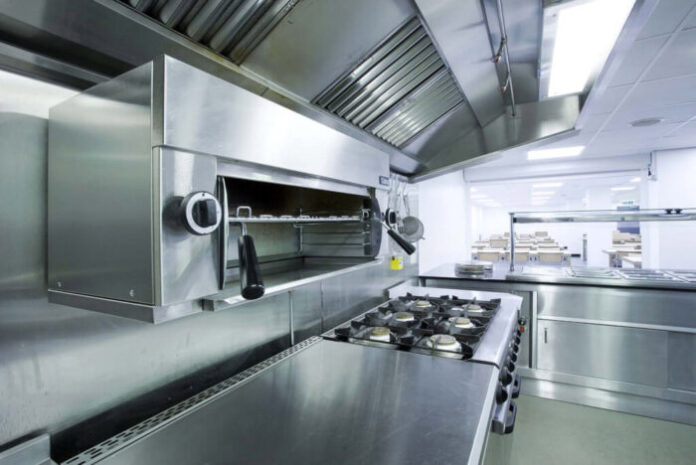
Prepare The Kitchen
It’s a cleaning process – things will get pretty greasy and messy before they get back to the way they should be. Before you get to cleaning, you need to prepare the space around you. Every experienced technician should start by preparing the funnels to collect the debris and grease, cover all nearby appliances and surfaces and they start the whole process by removing the baffle filters.
In case you need advice on how to do so, or professional assistance, check out https://www.premiergrease.com/hood-cleaning.html
We feel like we don’t need to say this, but we’ll say it nevertheless. All of the kitchen appliances like stoves need to be turn off before the cleaning starts. Anything with a gas valve or an open flame shouldn’t be on once the cleaning starts there will be some additional flammable chemicals added to the already existing grease and you wouldn’t want any accidents to happen.
Start The Hood Cleaning Process
This is usually a two-man job. One technician stays in the kitchen and works his way up and the other one starts on the roof. The man from above will spray the inside of the exhaust system with a degreaser and start rinsing it with hot water. During that period, the one in the kitchen needs to make sure that everything’s flowing nice and easy down the funnel into a collection device and that everything is running smoothly. Also, the tech in the kitchen is simultaneously cleaning the removed baffle filters.
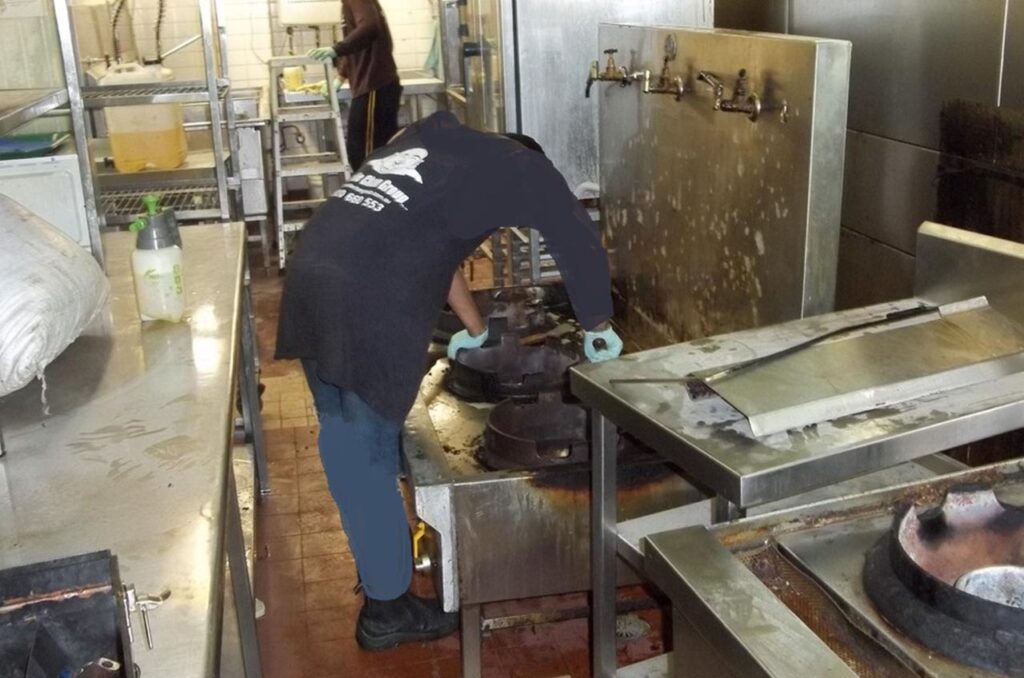
Both Techs Rejoice In The Kitchen
Once the roof job is done and everything’s rinsed from the top down, it’s time for a pair to start their way up the system from inside the kitchen. They’ll work together to speed up the process and more precisely clean the hood from the bottom up.
Manually Scraping Some Areas Of The System
To keep everything running smoothly and deliver a good end result, some parts of the system just have to be scraped and cleaned by hand. This is often the case in fast-food restaurants where the build-up is greater, especially if it’s not been cleaned in a while. A tech will manually scrape the problematic areas, apply the degreaser afterwards and rinse with hot water. If needed, the process will be repeated until everything’s clean as a whistle.
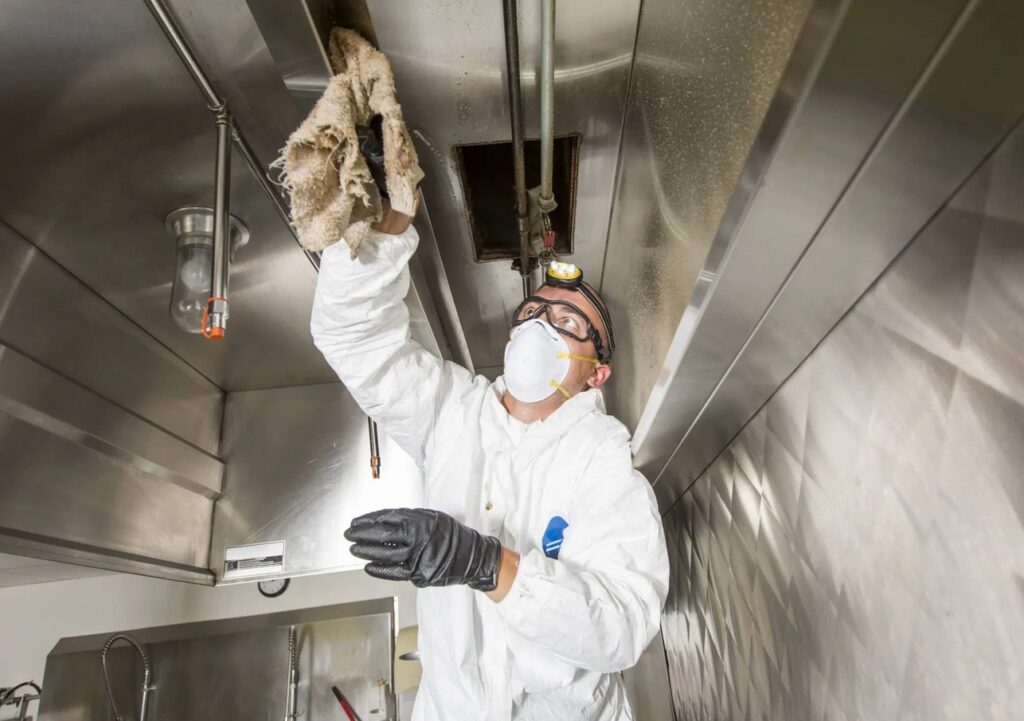
Polish The Hood
Once it’s determined that everything’s bare-metal clean and the grease has been removed – it’s time to dry the hood off and finish it off by polishing both the inside and the outside of it. It’s more than just a nice finishing touch. It’s a part of the process.
Visually Re-Inspect The System
Once everything’s been cleaned and polished – it’s time to put it all back together and inspect and test the system. Once the baffle filters have been put back and the system re-inspected, an exhaust fan can be turned on again and if it’s working – it’s time to finish things up.
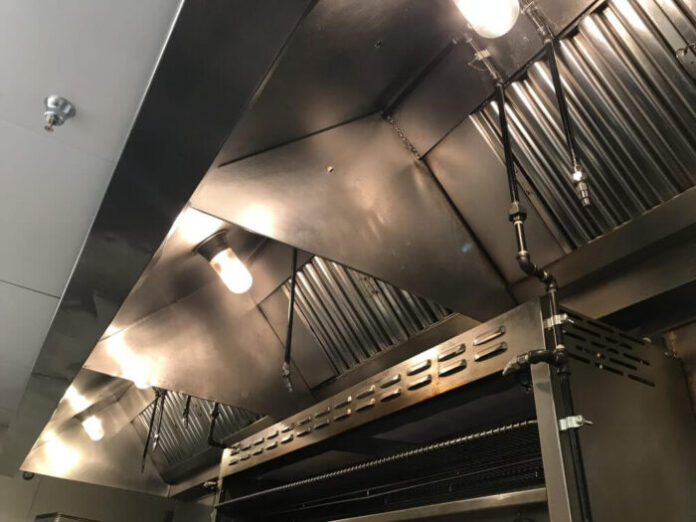
Apply The Certification Sticker
At the end of every cleaning job, a certification sticker will be placed on the hood. This is not optional, it’s a requirement and it will show everyone from the fire department to the insurance agent that the cleaning has been done according to rules and regulations.
Clean Up
It’s only natural to have to clean up the mess afterwards. Once that is done with, the kitchen can return to its normal state and back to business.
There you have it. If you were curious as to how the whole process looks and what it entails – now you know. Hopefully, after reading this you have a better understanding of why a professional is required to do the job and why it is necessary to do this in the first place.

